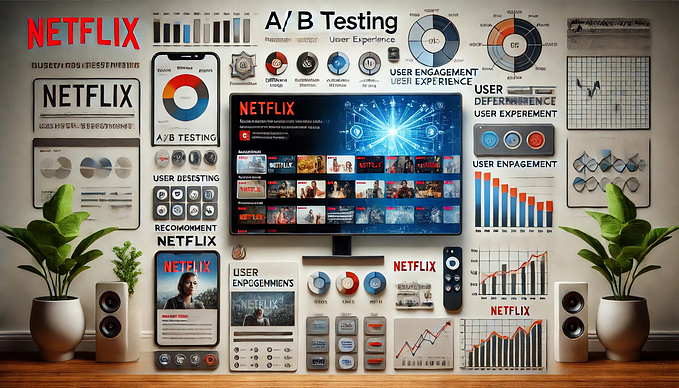Member-only story
Scenarios & task flows: how to align design decisions with user behavior
Aligning design with behavior — How to use Scenarios & Task Flows to design human-centered interactions.

Human-centered design, a buzzword that is overused and abused.

From agency pitch decks to corporate board rooms, the terms design thinking, human-centered design and user experience have become part of the vernacular used to broadly describe design or the process of designing.

Designing things for humans is not a new concept, the vast majority of inventions and innovations in humanity’s history have strived to develop devices or processes that improve the way that we (humans) do things.
What has changed is the way we consider humans in the invention and innovation process. As technology and manufacturing have evolved, products and services have become commodities, made readily available to consumers in a vastly competitive marketplace of competing brands.

In the face of fiercer competition and heightened customer expectations, the need for a product or service to provide its customers with a new, novel or more efficient ways of doing something is increasingly important.
But how do we identify new, novel or more efficient ways of doing things for our customers? What is the structured, repeatable formula for success that we are all searching for? Does it exist?

Queue the rise of human-centered design — a technique born from the realization that incremental enhancements alone cannot attract or retain customers. To…








